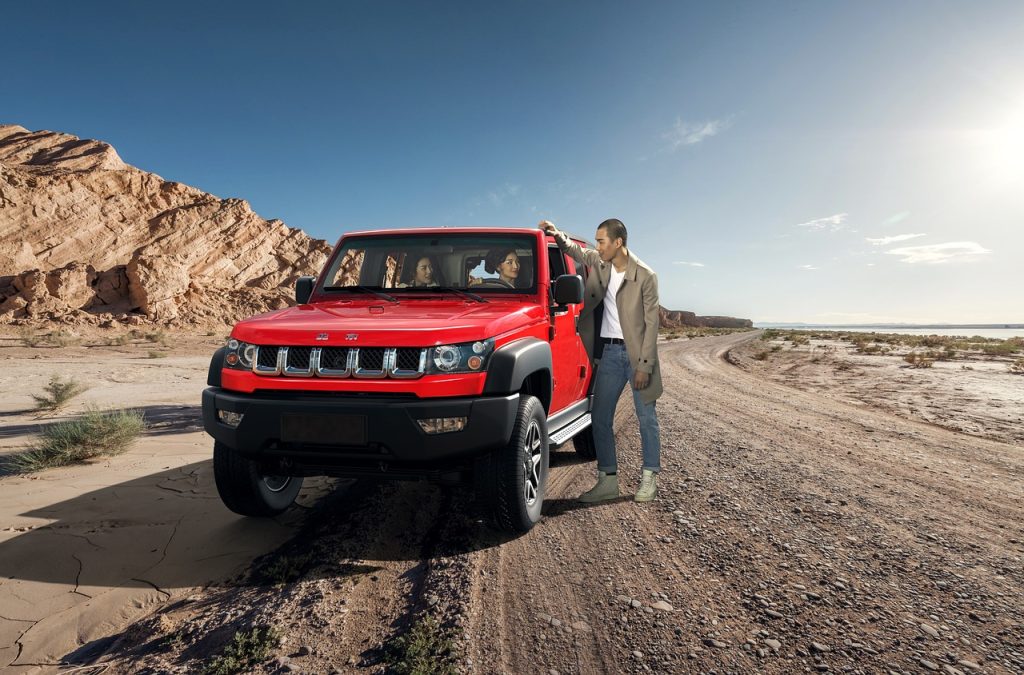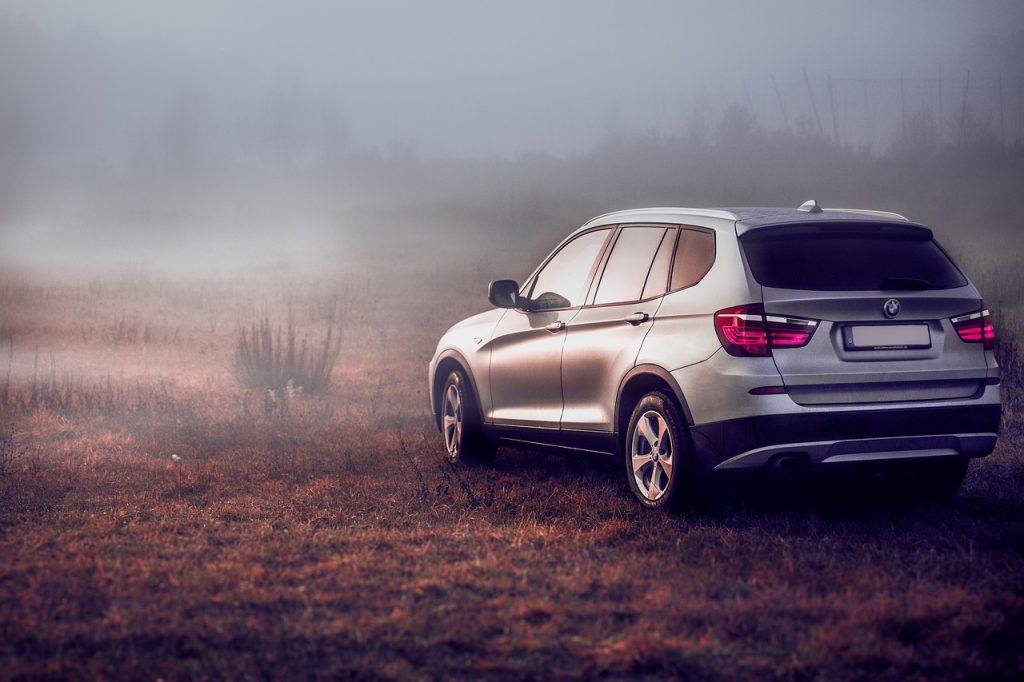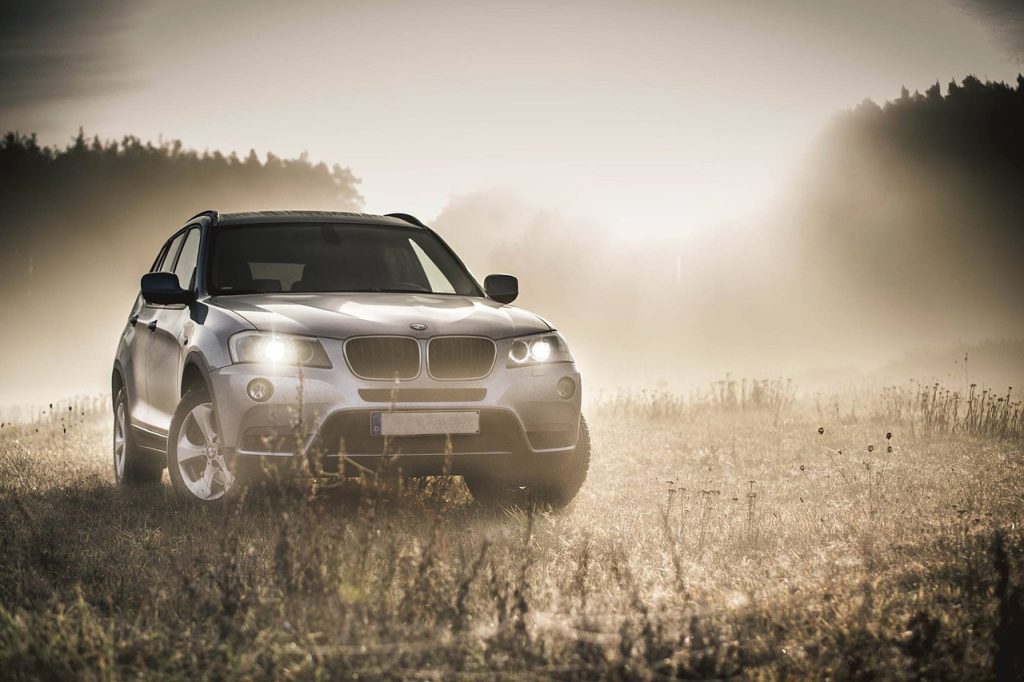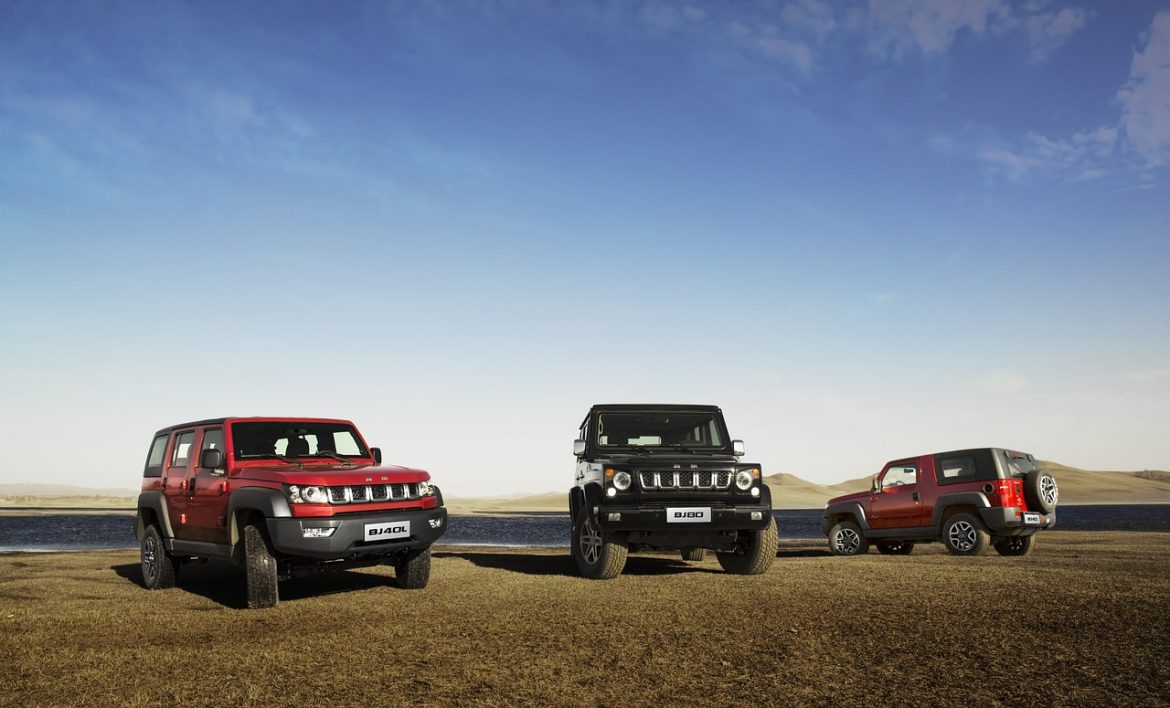Sports Utility Vehicles (SUVs) have become a ubiquitous presence on roads worldwide. These vehicles, known for their versatility, spacious interiors, and robust performance, cater to a wide range of consumer needs and preferences. The rise of SUVs can be traced through various stages of automotive history, reflecting shifts in consumer demands and advancements in automotive technology.

A Brief History of SUVs
The concept of the SUV can be linked back to the 1930s with the advent of military vehicles like the Willys Jeep. These vehicles were designed for rugged terrain and utility purposes, traits that would later define the SUV. Post-World War II, the Jeep became popular among civilians, paving the way for the development of similar vehicles.
The 1960s and 1970s saw the introduction of the Ford Bronco and the Chevrolet Blazer, which offered a blend of utility and passenger comfort. However, it wasn’t until the 1980s and 1990s that SUVs gained mainstream popularity. The introduction of the Jeep Cherokee and Ford Explorer marked the era of the modern SUV, combining off-road capabilities with family-friendly features.
Characteristics and Features
SUVs are characterized by their higher ground clearance, robust build, and four-wheel or all-wheel drive capabilities. These features make them suitable for various terrains and weather conditions. Modern SUVs come in various sizes, including compact, mid-size, and full-size, catering to different consumer needs.
One of the primary appeals of SUVs is their spacious interior. They typically offer ample seating, often for seven or eight passengers, and substantial cargo space. This makes them ideal for families, long road trips, and outdoor adventures. Additionally, SUVs are equipped with advanced safety features, such as multiple airbags, stability control, and advanced driver-assistance systems (ADAS).
Technological Advancements
The evolution of SUVs has been significantly influenced by advancements in automotive technology. Modern SUVs are equipped with state-of-the-art infotainment systems, including touchscreens, navigation, and smartphone integration. These features enhance the driving experience by providing convenience and entertainment.
Safety technology has also seen remarkable advancements. Features like adaptive cruise control, lane departure warning, and automatic emergency braking have become standard in many SUVs. These technologies not only enhance safety but also contribute to the overall appeal of SUVs as family vehicles.

Environmental Impact and Sustainability
One of the criticisms often levied against SUVs is their environmental impact. Traditionally, SUVs have been associated with higher fuel consumption and emissions compared to smaller vehicles. However, the automotive industry has made significant strides in addressing these concerns.
Hybrid and electric SUVs are becoming increasingly popular as manufacturers strive to reduce the environmental footprint of these vehicles. Models like the Toyota RAV4 Hybrid and the Tesla Model X offer the benefits of an SUV while significantly reducing emissions and fuel consumption. The shift towards electric vehicles (EVs) is a crucial step in making SUVs more sustainable and environmentally friendly.
Market Trends and Consumer Preferences
The popularity of SUVs shows no signs of waning. In many regions, SUVs dominate the sales charts, often outpacing traditional sedans and hatchbacks. This trend is driven by several factors, including consumer preferences for larger, more versatile vehicles and the perception of SUVs as safer and more reliable.
Consumer preferences are also influenced by lifestyle changes. The rise of outdoor and adventure activities has increased the demand for vehicles capable of handling various terrains. Additionally, the COVID-19 pandemic has shifted consumer priorities towards personal transportation over public transit, further boosting SUV sales.
Future Outlook
The future of SUVs looks promising, with continuous innovations and adaptations to meet evolving consumer demands and regulatory standards. The development of autonomous driving technology is expected to further enhance the appeal of SUVs, offering greater convenience and safety.
Moreover, as governments and organizations worldwide push for stricter emission standards, the trend towards electrification will likely accelerate. This will result in more hybrid and fully electric SUVs entering the market, providing consumers with environmentally friendly options without compromising on the benefits of an SUV.

Conclusion
SUVs have come a long way from their utilitarian origins, evolving into sophisticated, versatile vehicles that cater to a wide range of consumer needs. Their popularity is a testament to their ability to adapt and incorporate the latest advancements in automotive technology. As the industry moves towards greater sustainability and innovation, SUVs will continue to play a significant role in shaping the future of personal transportation.


